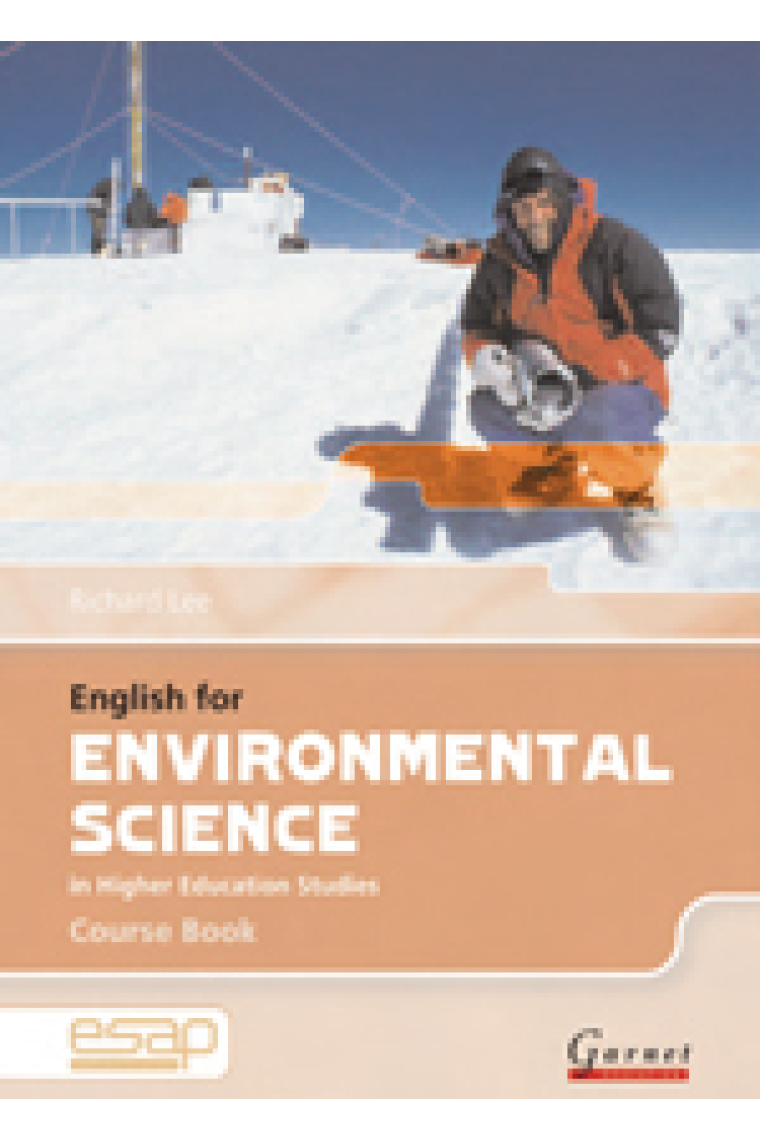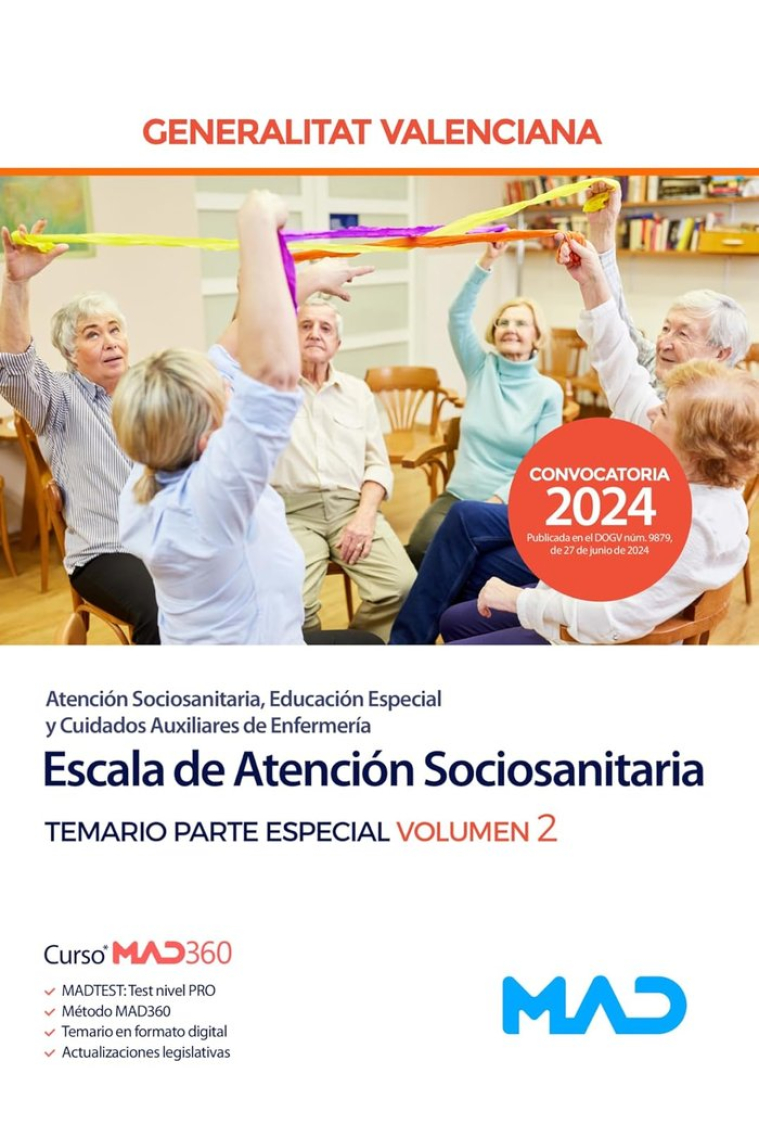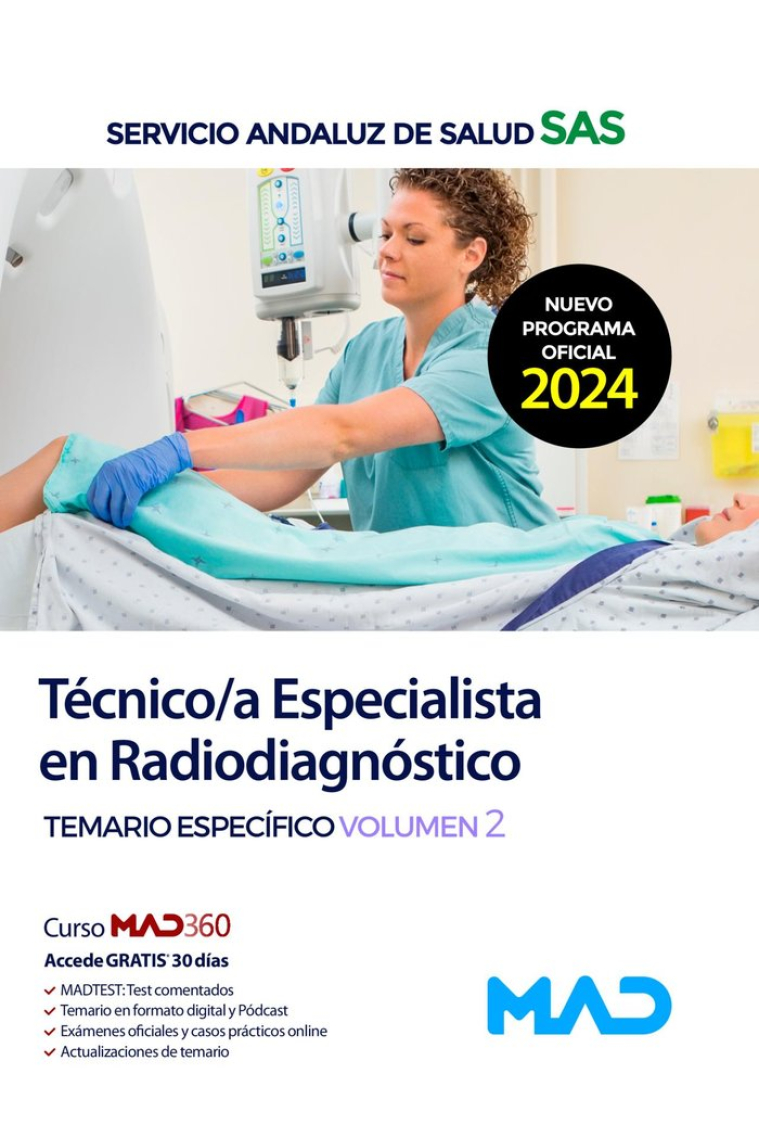Detalles del libro
English for Environmental Science is the most recent title in the ESAP series which at present consists of eight titles in which Garnet Education have done their best to bring out a specific focus to EAP, hence the amended acronym/abbreviation: ESAP: English for Specific Academic Purposes. The titles of the other books in the series are: English for Management Studies, English for Medicine, English for Banking, English for Business Studies, English for Law, English for Language and Linguistics and English for Tourism and Hospitality. This book focuses on practice of relevant academic skills with emphasis on listening (supported by speaking) in odd-numbered units and reading (supported by writing) in even-numbered units. The 12 units deal with subjects and themes that are an integral part of environmental science, such as: What is environmental science? (Unit 1), What do environmental scientists do? (Unit 2), The atmosphere (Unit 3), Computers in environmental science (Unit 4), Energy resources (Unit 5), Soil as a resource (Unit 6), Recycling waste (Unit 7), Ecosystems (Unit 8), Preserving biodiversity (Unit 9), Pollution (Unit 10), Agriculture (Unit 11) and Sustainability (Unit 12). Each unit also has a specific vocabulary focus, and occasional emphasis on phonology. The listening passage for each unit is included on one of the two CDs which are attached to the inside back cover of the Student's Book. Unit 3 (The atmosphere) starts with a vocabulary lead-in, and a set of questions serving the purpose of a pre-listening discussion. The pictures on the opposite page further contextualize the exercises in the warm-up activities. The listening section of the unit exploits a full range of listening activities, including preparing for a lecture, predicting lecture content, making notes, and answering wh- questions and true or false questions. In the Extending skill section, learners' attention is drawn to phonology (identifying main stress in multi-syllable words) as well as being expected to do some mini-research related to the topic of the lecture. In the same unit there is also an extension lecture whose topic complements that of the first lecture. There are relevant exercises to go with this lecture, too. The second lecture is accompanied with a full-colour visual which aids the comprehension. The unit culminates with very useful 'banks': a vocabulary bank (focusing on stress in multi-syllable words) and a skills bank (focusing on getting information from other people and reporting information to other people). Unit 3 in the Teacher's Book provides a carefully written and graded set of instructions to an ESAP teacher who is also informed on the lesson aims. In the Teacher's Book, there are three types of notes that offer assistance to teachers: subject, methodology and language notes. The unit contains specimen answers to all the exercises as well as transcripts of the relevant lecture excerpts used as listening passages. The units exploiting reading passages follow a similar conceptual framework which is exceptionally logical and user-friendly. English for Environmental Science successfully bridges a gap in the area of ESAP where there has always been a need for a specific publication. The book offers a cutting-edge state-of-the-art resource to students and teachers dealing with environmental science. It can be used on pre-sessional or foundation courses for international students who have chosen this particular specialism. The learners will find the content of the book highly interesting and exceptionally useful, while EAP teachers will appreciate the value of the excellent teacher's book which offers invaluable advice, guidance and support. Mark Krzanowski for the ESP SIG Journal, Issue 35, March 2010 This course book is about developing the English language skills of international undergraduate environmental science students. Although the book indicates that it is suitable for IELTS 5.0-7.5, only some parts of the book may be useful for post-graduates with higher language proficiency. The topics cover a wide range of subjects, such as ecosystems, biodiversity and agriculture, which provide a framework for the academic and language skills. The author, Lee, adopts a problem solving approach to engage the learners. Particularly useful is the focus on academic skills which presumes no in-depth knowledge of the topics. For example, students are required to summarise or develop coherent texts from notes already provided. This is especially useful for learners to complexify their language. The regular recycling of vocabulary helps them to do this. However, if you are looking for a specific focus on grammar you'll need to refer to the teacher's book. This is a pity as learners and teachers alike may appreciate an explicit focus on grammatical problem areas because different words require different grammar (Bogaards 1998). The book encourages learners to match words, complete sentences, identify dependent clauses, which help to ensure that learners remain engaged. More could be done on, for instance, how to write a discussion of the results. I would have liked to have seen more examples of academically sound reports or essays and literature reviews. This would enable learners to understand how the language skills are used and what is expected of them in a UK university. To be fair, the skills bank goes some way to show learners how to extend their skills, but more advanced students will need to be 'pushed' more to go beyond what is offered in the book. The chapters are well organised. A vocabulary building section includes some valuable lexis that is relevant for students following diverse modules. A reading section develops sub-skills such as finding key information in complex sentences. The listenings give learners practice in trying to understand lectures for example. This may be especially beneficial to learners to do before coming to a university where the main language is English. The extension part of the book is laudable in that it builds and recycles earlier material. The skills and vocabulary banks are there for revision but could also be used as teaching material to highlight certain principles of academic work. Speaking, as in most books of this nature, is encouraged through tasks such as discussion. The teacher's book gives extra activities for revision. This is a timely book when language teaching materials for science students are thin on the ground. Lee has managed to write a user-friendly course book that I imagine will be popular with teachers and students alike. However, for more advanced students it will need to be complemented with other materials. That said, I have already started using this book with my classes of international under- and post-graduate science students and have found it useful. Reference Bogaards, P. (1996) 'Lexicon and grammar in second language learning', in Jordens, P. and Lalleman J. A. (eds) Investigating second language acquisition, Berlin: Mouton de Gruyter, pp.357-379. Paul Booth for baleap.org.uk
Ver más - Autor/es AA. VV.
- ISBN13 9781859644447
- ISBN10 1859644449
- Año de Edición 2000
- Idioma Inglés
English for Environmental Science in Higher Education Studies (Course Book)
37,38€
39,35€
-5%
Envío Gratis
Consulta disponibilidad
37,38€
39,35€
-5%
Envío Gratis
Consulta disponibilidad
Nuestras libreras pueden consultar su disponibilidad y darte un estimado de cuándo estaría listo. 
 ¡Gracias por comprar en librerías reales!
¡Gracias por comprar en librerías reales!

 Lo mejor de noviembre
Lo mejor de noviembre  Alibri Llibrería, Barcelona
Alibri Llibrería, Barcelona
 Librería Lé, Madrid
Librería Lé, Madrid
 Caselles Llibrería, Lleida
Caselles Llibrería, Lleida



















